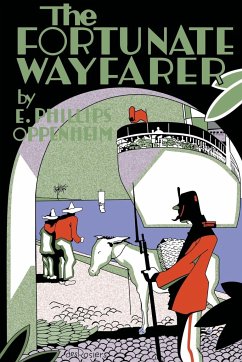This 1927 novel by Oppenheim revisits the plot device of a young man who comes into a large fortune suddenly and explores the class differences between the lower middle, and the upper class. In South America, a young Englishman steals the wife, baby girl, and money of two contemptible criminals. 15 years later, they come to England intent on revenge. In Norfolk, a young leather salesman, Martin Barnes, is wandering the streets late at night, when he is drawn into a mysterious and imposing house. While there, he is given a huge fortune by Lord Ardrington who is dying, and who wishes to disinherit his undeserving nephew. Suddenly wealthy, Martin begins to experience a change of attitude and inclination. He becomes a sudden snob, turning his nose up at his former friends and quickly abandoning (with cause) his fiancé. Returning to London, Martin meets Gerald Garnham, the disinherited nephew of Lord Ardrington, and Lady Blanche Banningham, beautiful, athletic, bohemian, and sympathetic. How will Martin handle his new fortune? Will the two evil men succeed in revenge against Ardrington and his adopted daughter. Will Martin find love, or even acceptance by society?
Bitte wählen Sie Ihr Anliegen aus.
Rechnungen
Retourenschein anfordern
Bestellstatus
Storno









